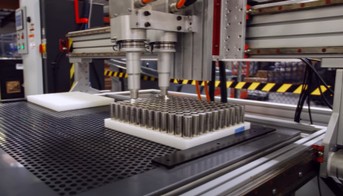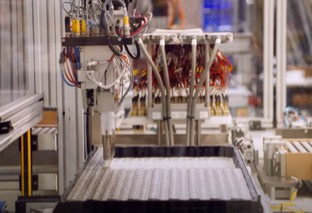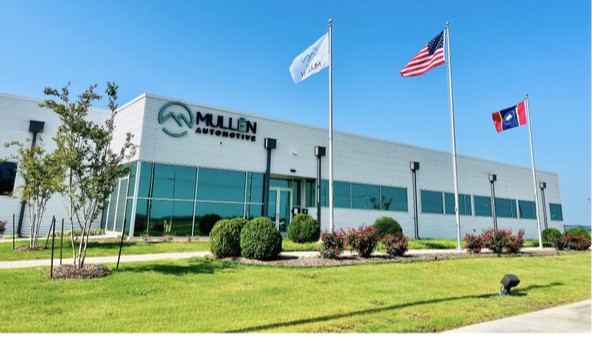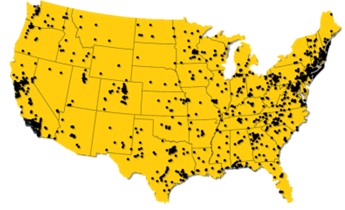Preferred D Warrants
In accordance with Series D SPA for every share of Series D Preferred Stock purchased, the investors received 185% (for the final $100 million voluntary investment right expiring June 30, 2023 - 110%) warrants (the “Preferred D Warrants”) exercisable for shares of common stock at an exercise price equal to the lower of (i) $1.27 (after the reverse stock splits - $28,575) or (ii) the market price of common stock on the trading day immediately preceding the purchase notice date. The Preferred D Warrants are exercisable during a five-year period commencing upon issuance. The contracts for the Preferred D Warrants contain cashless exercise provisions similar to Preferred C Warrants described above. Therefore, management applied similar accounting treatment to recognition, measurement, and presentation of the warrant liabilities.
In September 2022, the Company received initial investment in amount of $35 million (exercise price was $0.4379, or $9,853 after reverse stock splits) and issued to investors 79,926,925 shares of Series D preferred stock, and 263 Preferred D Warrants (hereinafter warrants and shares of common stock are presented giving effect to the reverse stock splits, see Note 1).
By September 30, 2022, no Preferred D Warrants were exercised and all Preferred D Warrants remained outstanding with the fair value on September 30, 2022 in the amount of $55,398,551.
During the quarter ended December 31, 2022, all initial Preferred D Warrants were exercised on a cashless basis for 10,182 shares of common stock.
In November 2022, the Company received $150,000,000 and issued, in lieu of Series D Preferred Stock, notes convertible into shares of common stock and Preferred D Warrants. As a result of the conversion of the convertible debt into shares of common stock in November 2022 and February 2023, 43,616 Preferred D Warrants were issued. By June 30, 2023, all these Preferred D Warrants were exercised on a cashless basis for 93,664 shares of common stock.
During April 2023, we exercised our investment rights under the Series D SPA and requested additional $45 million (exercise price was $0.1 or $2,250 after reverse stock splits) issuing to investors: 273,363,635 Series D Preferred Stock, 7,851 shares of common stock (in lieu of Series D Preferred Stock), and 37,000 Preferred D Warrants (post reverse stock split). The warrant liability recognized initially amounted to $73,260,454. By June 30, 2023 all these Preferred D Warrants were exercised on a cashless basis for 147,672 shares of common stock (post reverse stock split).
In June 2023, we exercised the second half of our investment right for $45 million (exercise price was $0.432 or $388.8 after reverse stock splits) and, in lieu of Series D Preferred Stock, investors received: 60,778 shares of common stock and 54,962 prefunded warrants exercisable for one share of common stock each, as well as 214,120 Preferred D Warrants.
In June 2023, one of the investors exercised their investment rights and invested $7 million (exercise price was $0.52 or $468 after reverse stock splits). The Company issued, in lieu of Series D Preferred Stock, 14,957 shares of common stock and 27,671 Preferred D Warrants.
Final voluntary investment rights under the Series D SPA have been exercised by the pool of investors in June 2023 and the Company received $100 million (exercise price was $0.1601, or $144.09 after reverse stock splits, for majority of investors, and $0.1696, or $152.64 after reverse stock splits, for one the investors), issuing to investors, in lieu of Series D Preferred Stock: 183,731 shares of common stock and 508,159 prefunded warrants exercisable for one share of common stock each, as well as 761,079 Preferred D Warrants.
The warrant liability recognized in June 2023 upon initial accounting of these investments amounted to $254,962,776.
By September 30, 2023, a part of these prefunded warrants and Preferred D Warrants was exercised on a cashless basis for 2,194,413 shares of common stock (post reverse stock splits). As of September 30, 2023, none of prefunded warrants





























